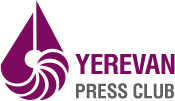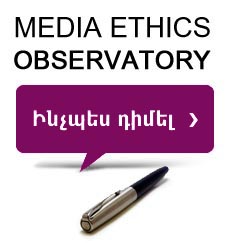On March 4 the U.S. Department of State released its annual report on human rights practices in different countries of the world in 2001, prepared by the Bureau of Democracy, Human Rights, and Labor.
In the report on Armenia, the section “Freedom of Speech and Press”, the situation during the past year is described as follows:
"The Constitution provides for freedom of speech and the press; however, while the Government generally respects freedom of speech, there are some limits on freedom of the press, and journalists continued to practice self-censorship. There is no official censorship, publications present a variety of views, and the opposition press regularly criticizes government policies and leaders, including the President, on sensitive issues such as the Nagorno-Karabakh peace process and privatization. However, to avoid repetition of the retribution experienced in the past from powerful officials and other individuals, most journalists continued to practice self-censorship, particularly when reporting on major cases of corruption or national security issues.
Journalists remain cautious in their reporting, especially about proceedings in the courtroom, and the range of subjects the Government considers sensitive for national security reasons is large. Some members of the press have access to army facilities and places of detention. Even in cases where they do have such access, permission for media visits is a prolonged and cumbersome bureaucratic process.
(…) Because there are a limited number of newspapers in print, television is the most widely accessible medium. The President’s office continued to influence state television news coverage significantly. (…) In Yerevan and major regional media markets, private television stations offer independent news coverage of good technical quality. Most of the more then 20 radio stations are private and independent. There are no restrictions on reception of satellite television and other foreign media, and they are not censored. There is foreign language programming.
(…)The process of license issuances for broadcast media is arbitrary and nontransparent.
In October 2000, Parliament passed a draft law on television and radio, which later was signed by the President but with reservations regarding the constitutionality of 7 articles of the law. The President appealed to the Constitutional Court and in January the Court ruled that 5 out of 7 articles were unconstitutional and must be suspended. (…)The law was criticized strongly by journalists and independent media experts for limiting freedom of speech. On January 12, in a display of protest, most private television stations suspended their prime-time broadcasting for 45 minutes. During the year, the Parliamentary Standing Committee on Science, Education, Culture, and Youth Affairs worked together with the Yerevan Press Club and the international NGO Internews to bring the law into compliance with the Constitution.“
Besides, among the negative phenomena the report of the U.S. Department of State mentions, in particular: the interference of the authorities in the activities of independent Ashtarak TV cable company; the suspension of the broadcasts of independent “Noyan Tapan” TV channel due to the dispute between “Noyan Tapan” and broadcast license holder, described by “some opposition members of the National Assembly as political and financial pressure from the government”.
The complete report of the U.S. Department of State on human right practices in Armenia in 2001 can be viewed at: http://www.state.gov/g/drl/rls/hrrpt/2001/eur/












